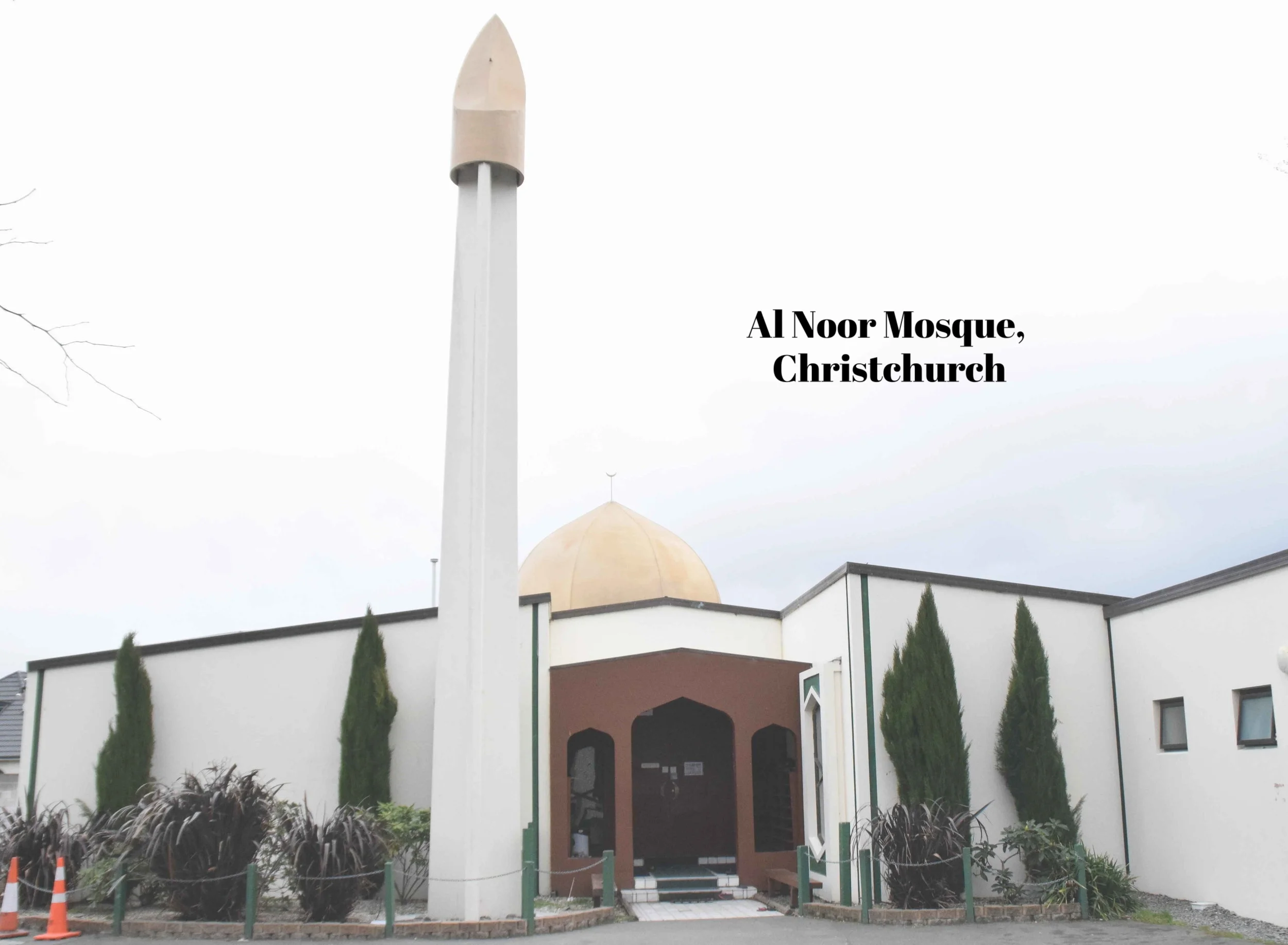Dunedin Fridge Festival: The City introduced to Indian classical dances
(caption for the above picture with credit to Chris Sullivan - Swaroopa Unni (left) performing during Dunedin Fringe Festival)
“It was traditional with a contemporary twist”. That’s how Swaroopa Unni – an Indian classical dancer originally from Kerala [South India] who has been running the only Indian classical dance school in Otago called Natyaloka – described the weekend showcase of Kathak as part of Dunedin Fringe Festival. Called Rang – Colours, the Indian classical dance rendition was performed by Unni, in collaboration with her teachers and internationally acclaimed artists Nirupama and Rajendra who run the Abhinava Dance Company in Bengaluru. Rohini Prabhath, one of their students, also participated in the performance held on March 18 and 19.
“As I am trained in both Kathak and Bharatnatyam, we decided to give audiences a taste of both Indian classical dances. So one segment, which was very well-received, was me performing Bharatnatyam and Rohini showcasing Kathak, on the same song, with same story and same emotions. Trained eyes can gauge the difference between the two art forms by different hand gestures; subtlety of expressions, as Bharatnatyam has exaggerated motions; and half-sitting postures, as unlike Bharatnatyam, Kathak has only standing positions,” informed Unni.
The dancers also made the performance interactive in the final segment, which was extempore in nature. “Nirupama and Rajendra created rhythms and footworks according to wishes of the audiences. They also shared their wealth of knowledge about Indian dances by explaining in detail how the famous flamingo dance form has its origins in Kathak,” added Unni.
Looking towards the future, Unni concluded, “After Rang, my focus now is Natyaloka’s annual dance recital scheduled in September, which all our students eagerly look forward to.”
“Last year was our fifth anniversary. So our performance was special. Called Yatra, it was based on the theme of tracing the journey of all migrants in New Zealand. Additionally, we had made use of traditional Māori musical instruments – taonga puoro, in our performance to indicate the fusion of cultures as is happening in modern New Zealand now.”



